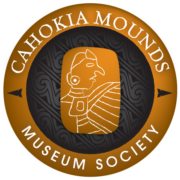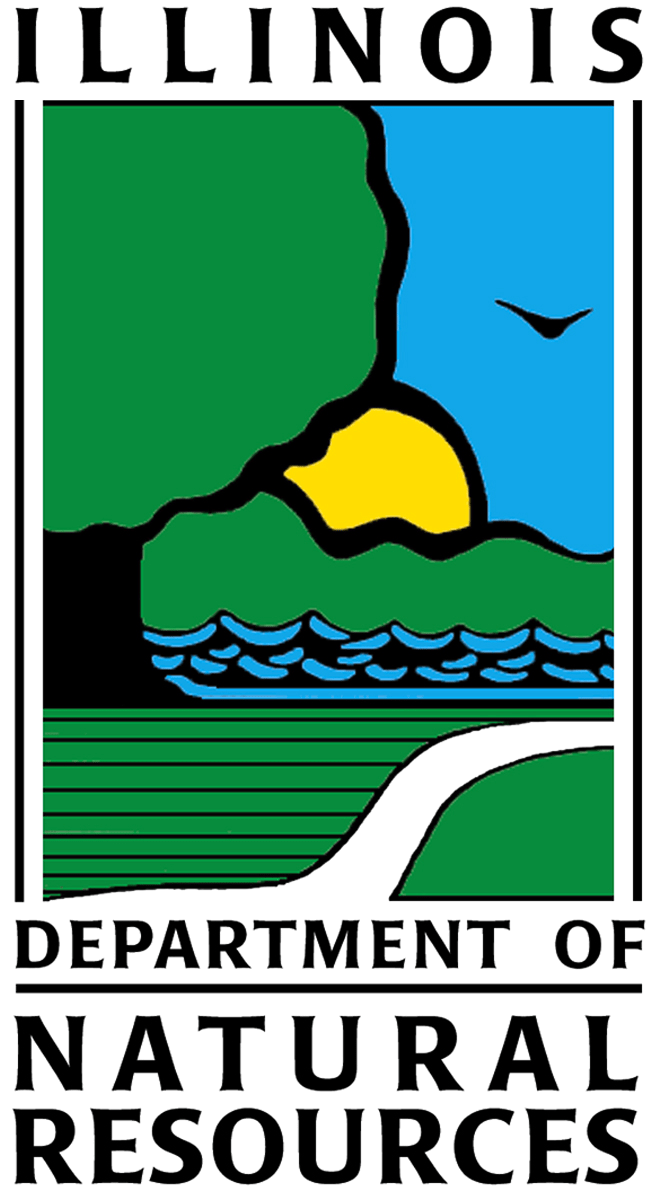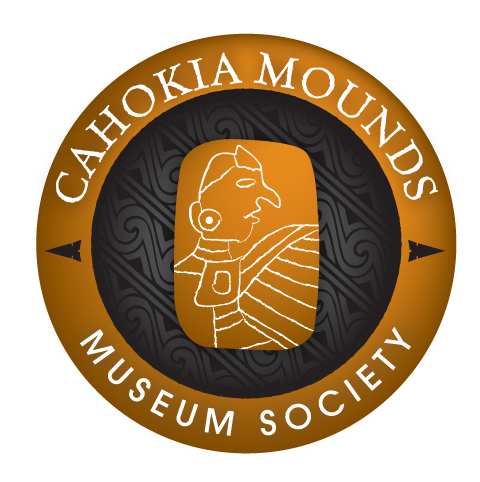Mound 32
Mounds 32 and 33 form one of the associations of square platforms and conical mounds. On the Patrick Map, Mound 32 is indicated as a square, flat-topped platform about the same area or size as Mound 5. Mound 33, at the northeast corner of Mound 32, appears to be a conical mound. Directly to the north of Mound 32 is Mound 34, which is another conical mound that may be associated with Mounds 32 and 33. However, it does not appear to be connected to them. Mounds 32 and 33 are pictured close together or connected on the early maps found the base line about 17 feet (5.2 meters) Stephen Peet apparently was referring to Mounds 32 and 33, as well as Mound 31, in the following description:
About a half mile to the east of the great pyramid, there was a high platform or pyramidal mound [Mound 31?], and immediately adjoining it on the north was a large platform [Mound 32?], but at the lower level and on the northeast corner of this platform, was a large conical mound [Mound 33], the three parts being in close proximity. [Peet 1891: 7]
It is probable that these two mounds were associated with each other and may have had, as Moorehead indicates, a connecting platform from the northeast corner of Mound 32 to the base of Mound 33. In 1882, McAdams shows them as a single unit with the platform to the southwest and the conical or larger mound to the northeast. This area has been so disturbed by cultivation that the mounds are now just low elevations in the area; they are completely surrounded by the l29-meter (432.2-foot) contour line.
Using the 130-meter (426.5-foot) contour line, which seems to delineate it, Mound 32 is located between grid coordinates N147-162 and E635-655, giving a north-south dimension of 15 meters (49.2 feet) and an east-west dimension of 20 meters (65.6 feet). The current top elevation is 130.3 meters (427.5 feet), giving a height of 0.3 meters (1 foot). This cannot be taken as an indication of the true height of this mound, as there must be a tremendous amount of slope wash or fill around the base. Excavation in the margins of this mound would delineate its true shape and suggest its height. The earlier maps, perhaps, give a better indication of its true height. McAdams combines Mounds 32 and 33 and gives a height of 25 feet (7.6 meters). Thomas (1894) lists a height of 15 feet (4.6 meters), and Peterson- McAdams (1906), 20 feet (6.1 meters).
While exploring Mound 33 in September-October 1922, Moorehead dug a deep pit to the bottom of Mound 32. This pit,14 feet by l8 feet (4.3 meters by 5.5 meters), was 25 feet (7.6 meters) west of the western edge of the north-south trench in Mound 33. Moore head reported that he found the base line about 17 feet (5.2 meters) below the surface. Village debris, he observed, extended clear to the bottom of his trench. A heavy deposit of ash and dark soil a few inches thick was found on the base line. He also thought that there was more village site material in Mound 32 than in Mound 33. He assumed, therefore, that Mound 32 had been erected over a site occupied by a “wigwam,” since the mound had been built directly on his part of the village and none of the refuse had been cleaned up. Some 37 1-inch (2.54-centimeter) auger holes were drilled to the bottom of Mound 32. They revealed decayed bones and burnt earth at several points. In this general area Moorehead reported finding several pottery bird heads of exceptional form and finish (Moorehead 1929: 29).





